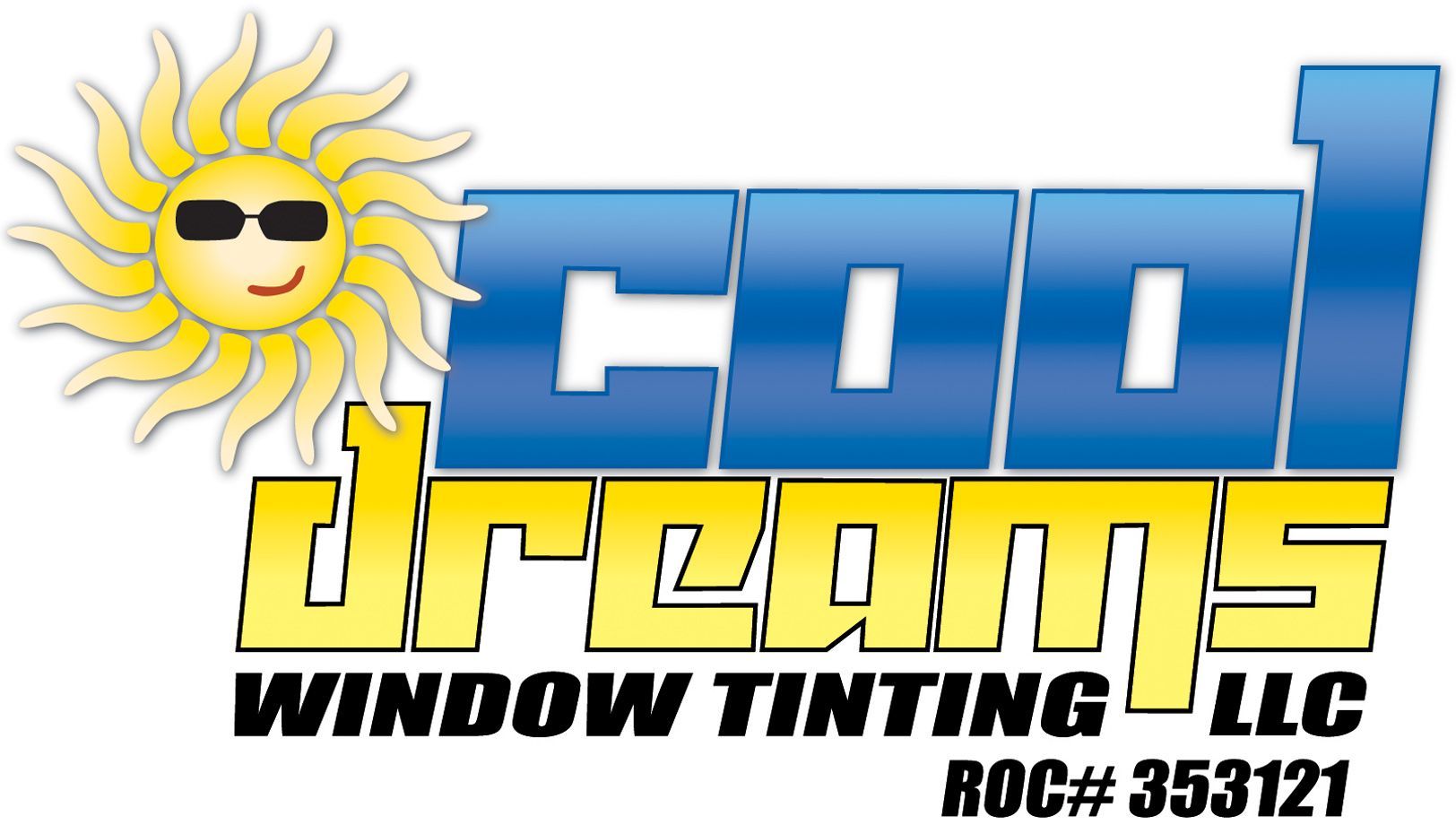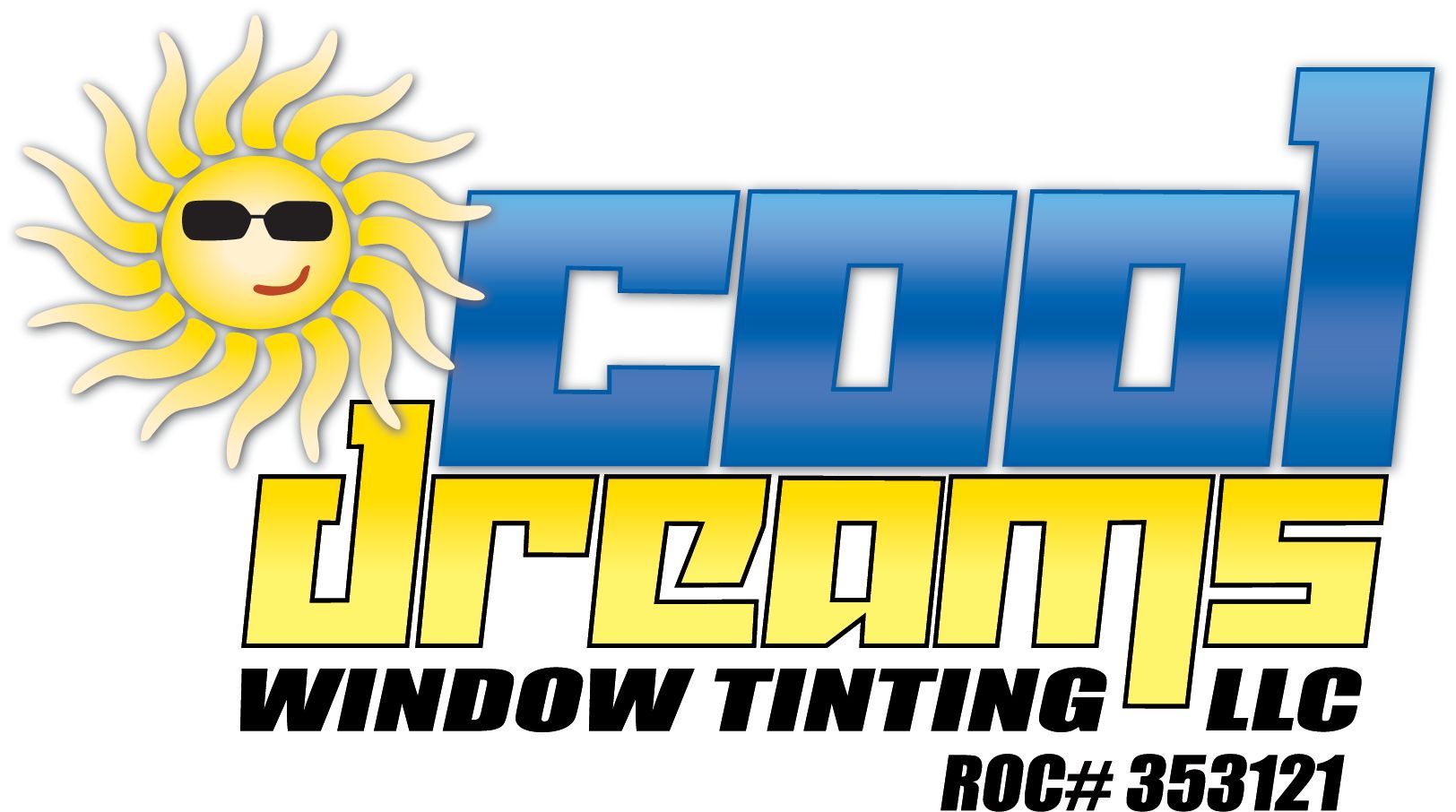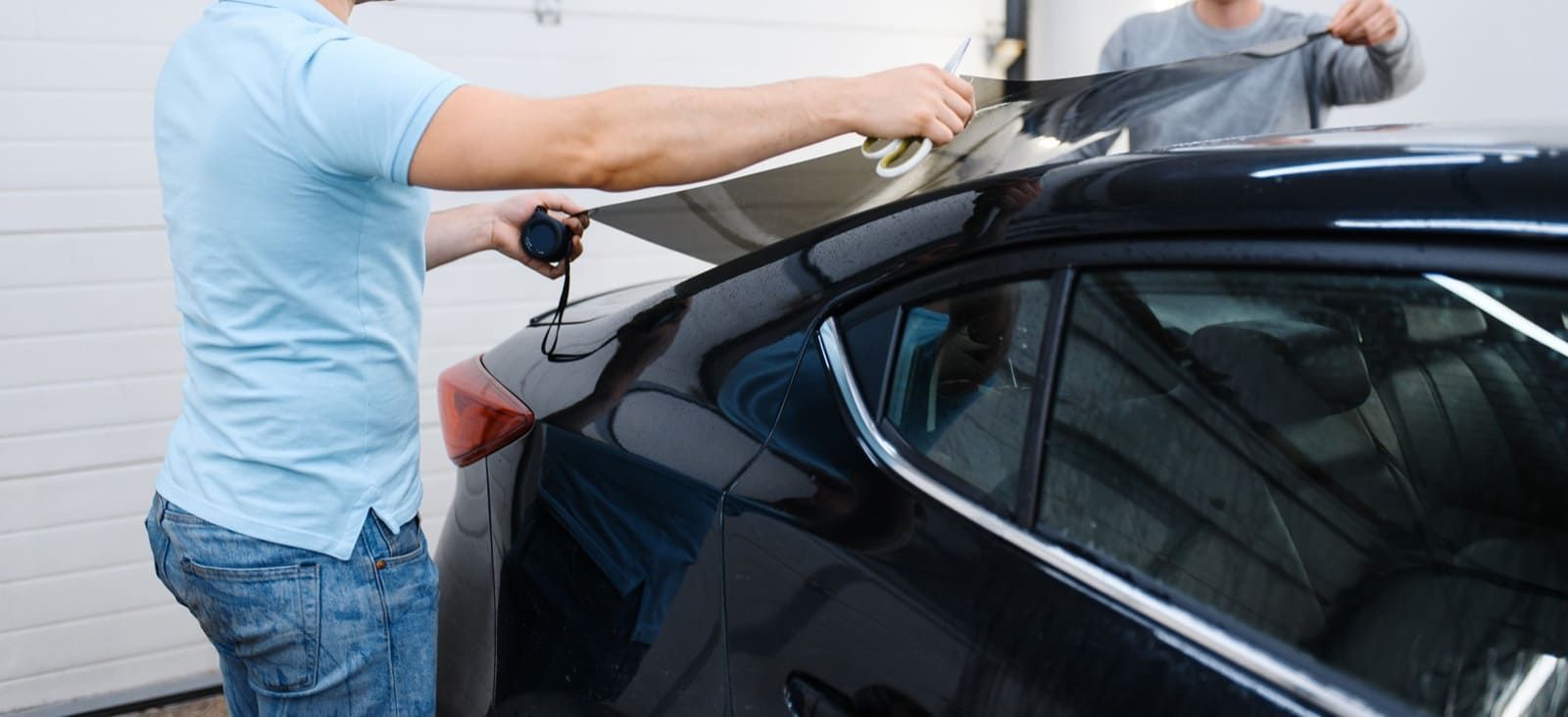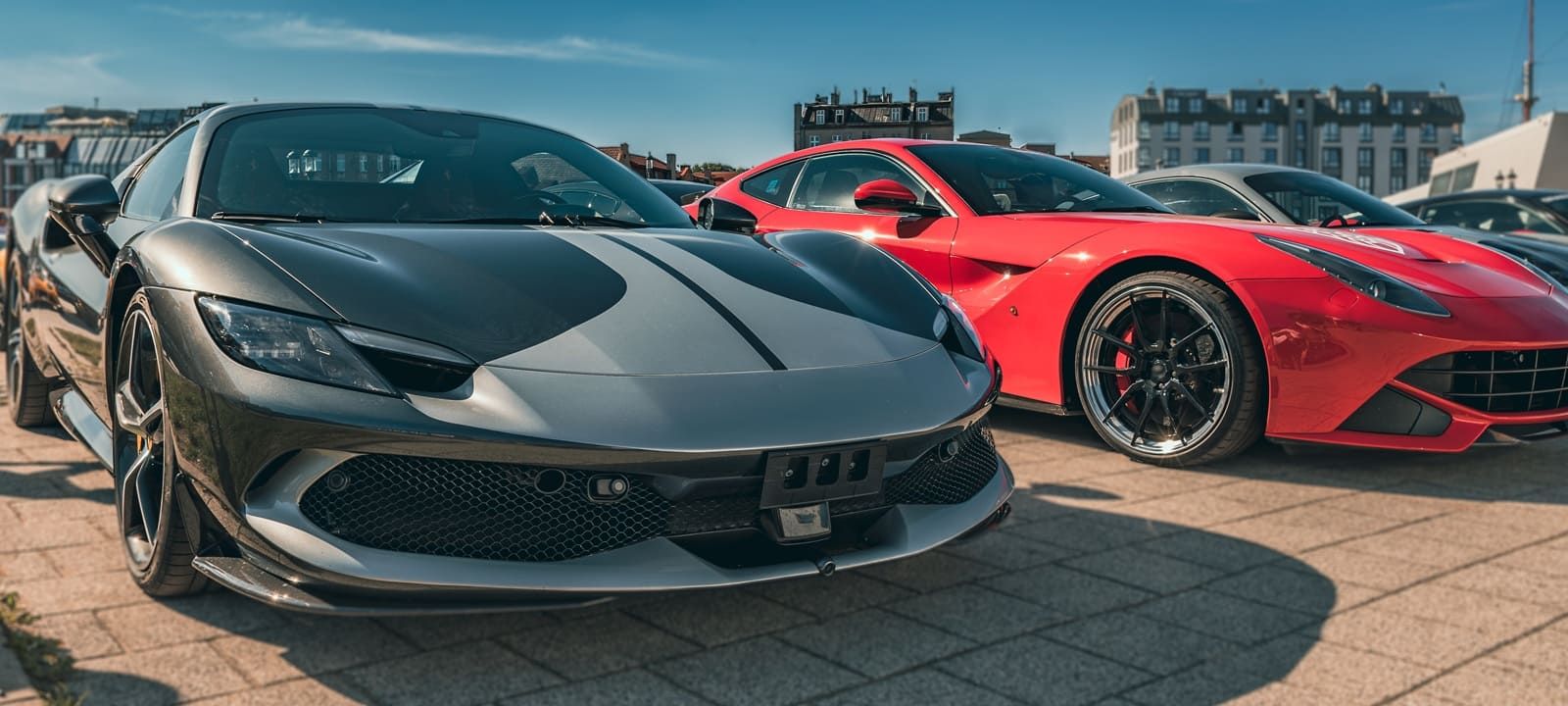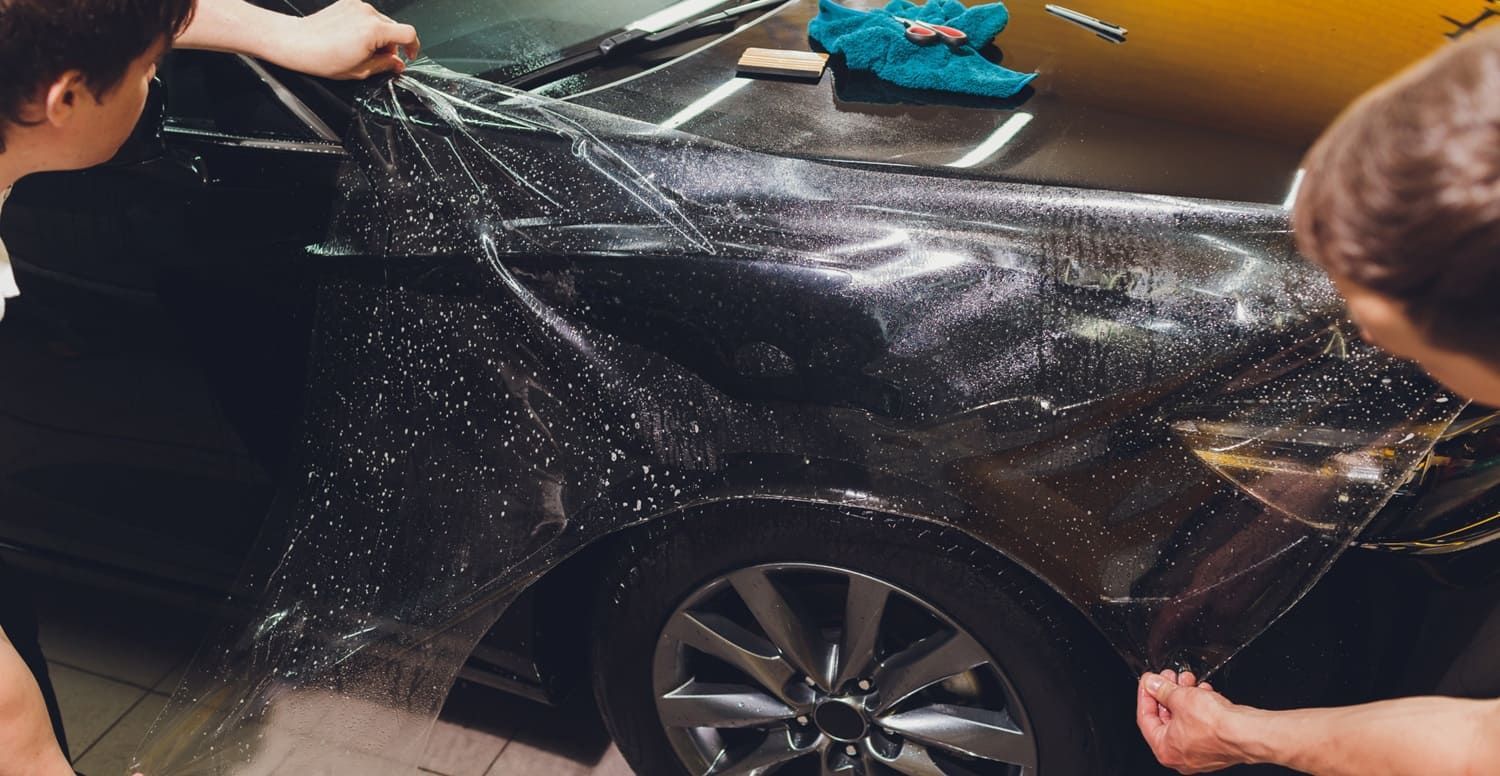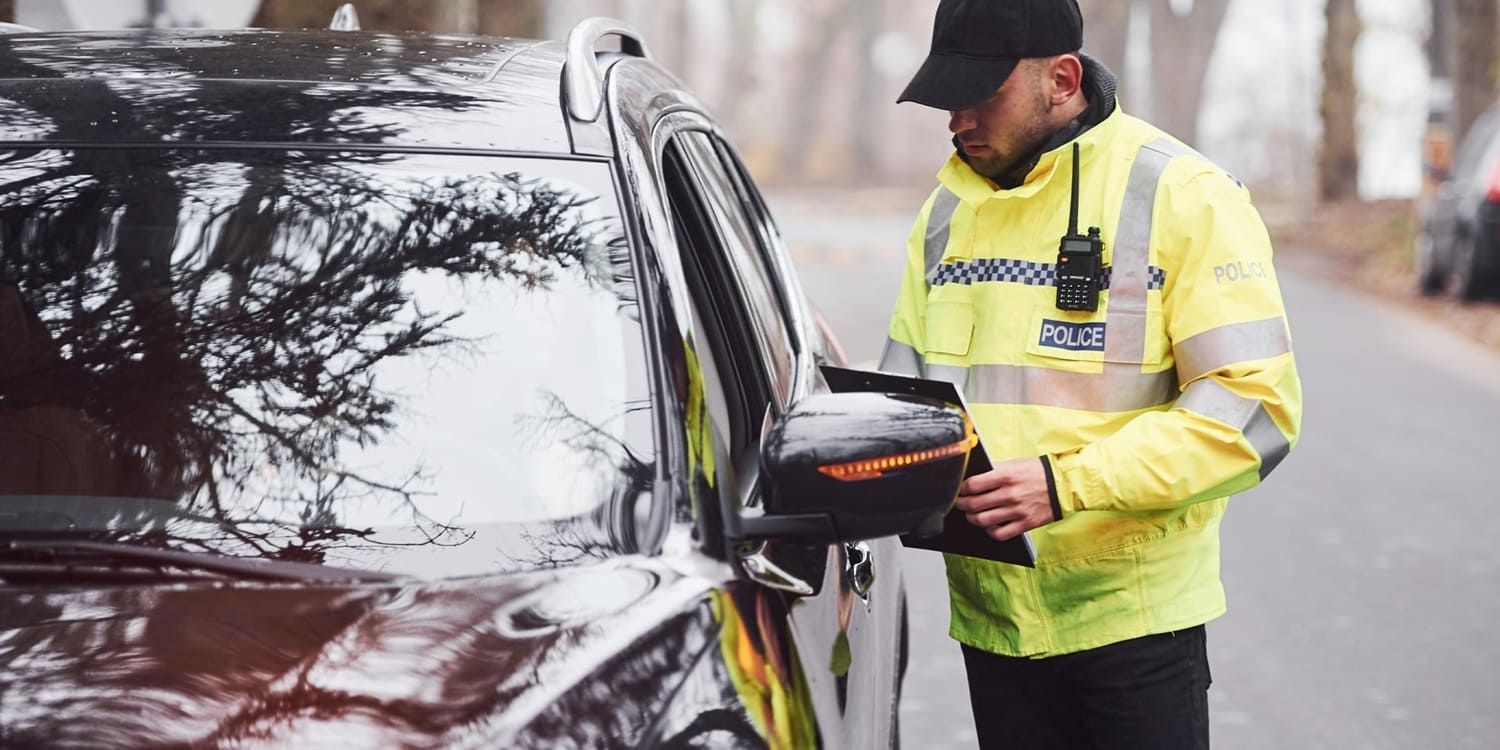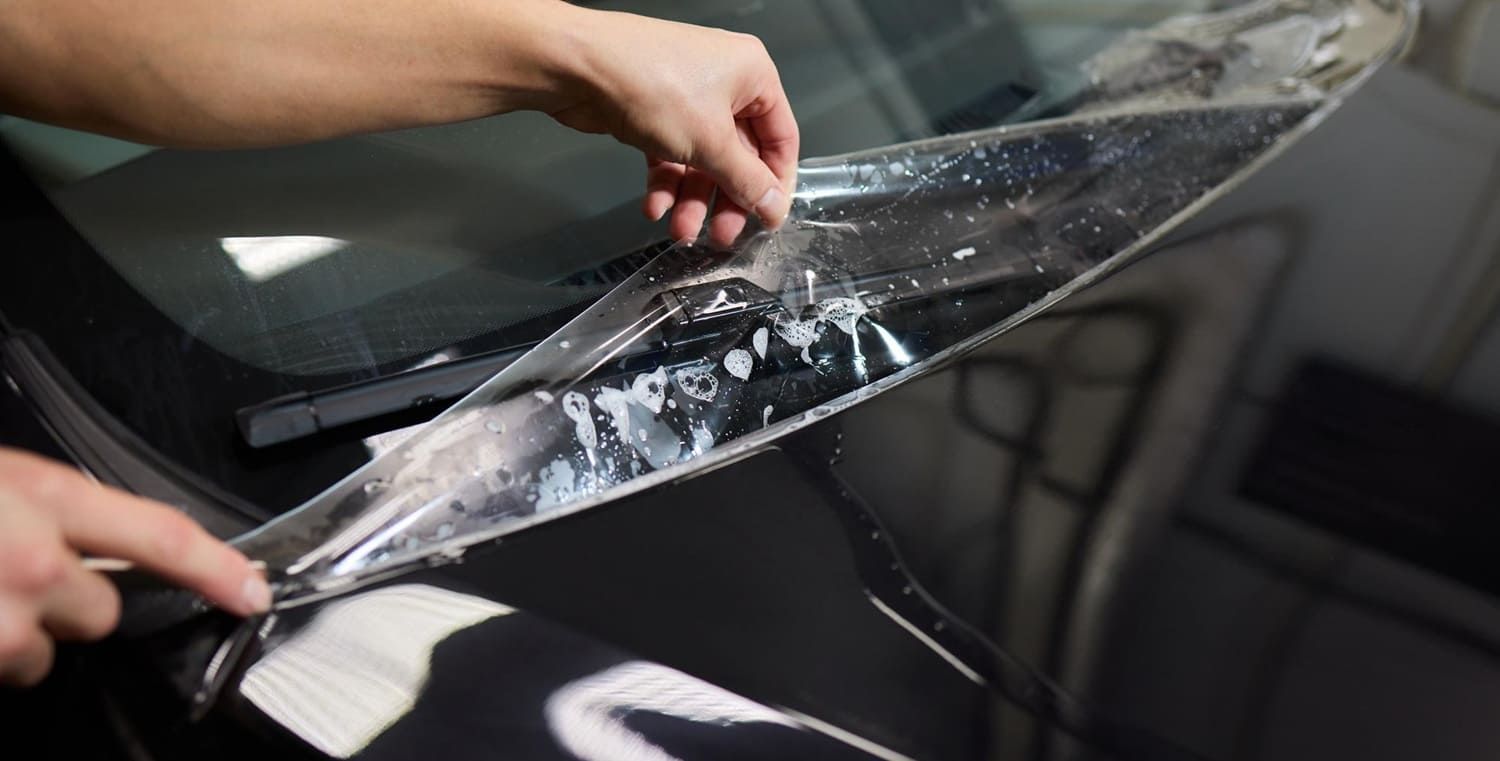Is Ceramic Window Tint Really Worth the Higher Price?
When it comes to enhancing your vehicle, window tinting is a popular choice. With a variety of options available, selecting the right tint can be a daunting task. Recently, ceramic window tint has been gaining attention for its superior qualities and, notably, its higher price tag. But is it really worth the extra investment? Let's delve into what ceramic window tint is, how it compares to other options, and whether it justifies its cost.
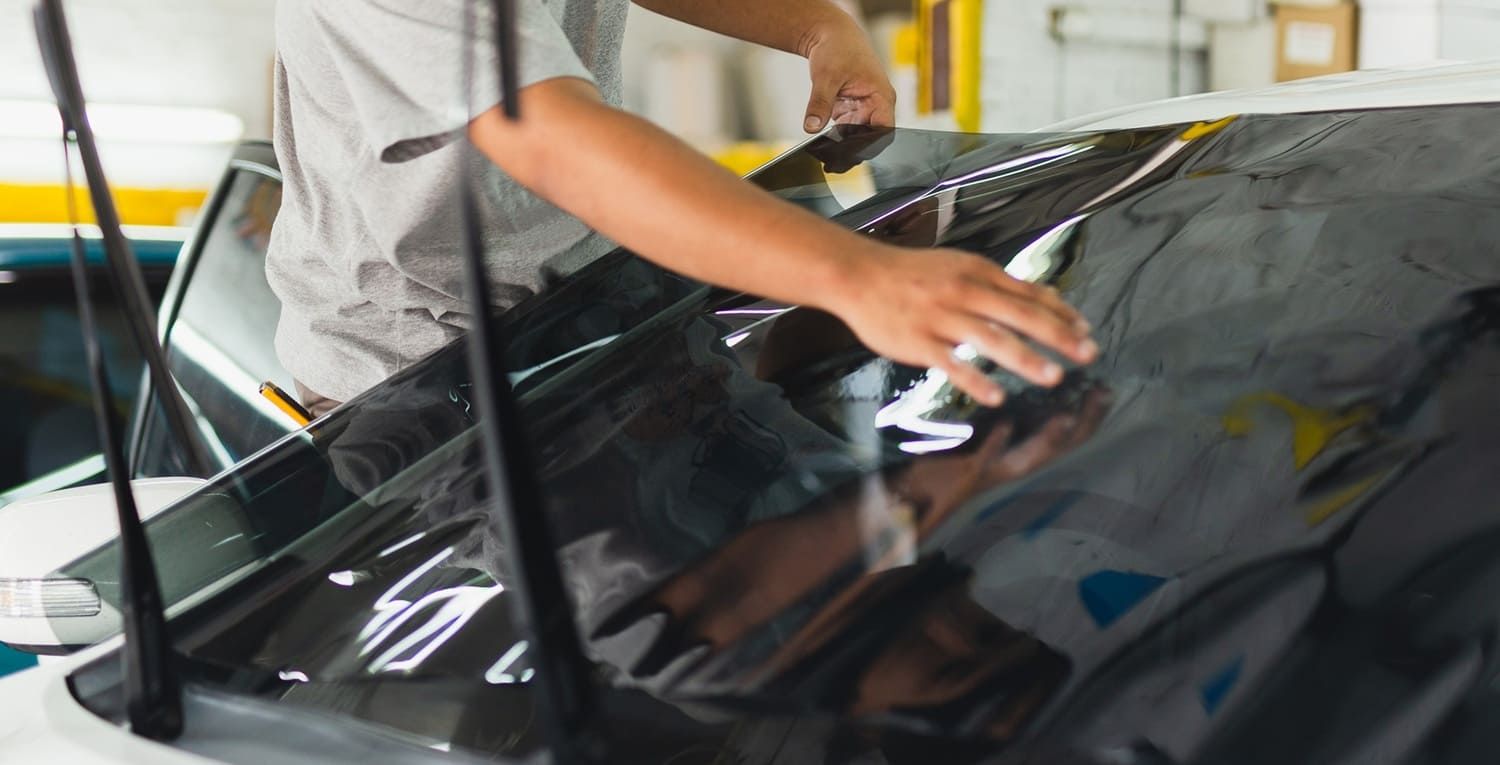
Understanding Ceramic Window Tint
Ceramic window tint is a type of window film made from ceramic particles that are non-metallic and non-conductive. This distinguishes it from traditional tints, which often contain dyes, metal, or carbon, and makes it a unique choice for vehicle owners. Here's what sets it apart:
Key Features of Ceramic Window Tint
- Heat Rejection: Ceramic window film excels in blocking solar heat. It can reject up to 50% of solar heat and up to 99% of harmful UV rays, making it an excellent choice for keeping your vehicle cool and protecting your interior from sun damage. This significant reduction in heat ingress means less reliance on air conditioning, contributing to fuel efficiency and comfort.
- Glare Reduction: The film significantly reduces glare from the sun, headlights, and other reflections, improving driving visibility and comfort. This is particularly beneficial during long drives or in regions with intense sunlight, as it minimizes eye strain and enhances overall driving safety.
- Signal Stability: Unlike metallic tints, ceramic tints do not interfere with electronic signals. This ensures that your GPS, cell phone, and radio reception remain unaffected, which is crucial in our increasingly connected world where uninterrupted communication and navigation are essential.
- Durability: Ceramic tints are known for their durability. They resist fading and are less likely to bubble or discolor over time, ensuring long-lasting performance. This durability is a key factor in its cost-effectiveness over the life of the vehicle, as it reduces the frequency and need for replacements.
Comparing Window Tint Options
When evaluating window tint options, it's important to consider the features and benefits of each type. Here's a comparison of ceramic window tint with other common types:
Dyed Window Tint
- Affordability: Dyed window tint is the most cost-effective option. It provides a dark appearance and can reduce glare. However, its affordability comes with trade-offs in terms of longevity and performance.
- Heat Rejection: It offers minimal heat rejection and can fade over time. This can result in higher cabin temperatures and increased reliance on air conditioning, which could negate initial savings.
- Appearance: This type can turn purple as it ages and is prone to bubbling. The aesthetic degradation over time might detract from the vehicle's overall look and appeal.
Metallic Window Tint
- Heat Rejection: Offers better heat rejection compared to dyed tints. This makes it a more functional choice for those prioritizing temperature control.
- Signal Interference: The metallic particles can interfere with GPS and radio signals. This interference can be a significant drawback, particularly for those who rely heavily on electronic devices for navigation and communication.
- Durability: More durable than dyed tints but can be reflective, affecting the vehicle's look. The reflective quality might not be desirable for everyone, as it can alter the vehicle's aesthetic.
Carbon Window Tint
- Heat Rejection: Offers decent heat rejection without fading. This provides a good balance between performance and longevity, making it a popular choice.
- Appearance: Provides a matte finish that won't fade over time. This maintains the vehicle's appearance and contributes to its resale value.
- Signal Stability: Doesn't interfere with electronic signals, making it a practical option for tech-savvy drivers.
Ceramic Window Tint
- Premium Performance: Offers the best combination of heat rejection, durability, and clarity. This makes it the top choice for those seeking the highest quality tinting solution.
- Higher Cost: Typically more expensive than other types, but the initial investment can be justified by the long-term benefits and savings.
Is the Higher Cost Justified?
Considering the benefits, is ceramic window tint worth the higher price? Here are some factors to consider:
Long-Term Value
While the initial cost is higher, ceramic window tint can save you money in the long run. Its superior heat rejection can reduce the need for air conditioning, potentially lowering fuel consumption. Furthermore, its durability means you won't need to replace it as often as cheaper alternatives, saving on replacement costs and maintenance over time.
Comfort and Safety
By blocking more heat and glare, ceramic window tint enhances driving comfort and reduces eye strain. It also contributes to safety by maintaining clear visibility in bright conditions. This is particularly important for long-distance drivers and those who frequently travel in harsh sunlight conditions.
Protecting Your Investment
Ceramic tint protects your vehicle's interior from fading and cracking caused by UV exposure. It helps retain your car's resale value by keeping the interior in excellent condition. This protection is crucial for preserving the aesthetic and functional aspects of your vehicle's interior over time.
Environmental Impact
Ceramic window tint's ability to reduce reliance on air conditioning can lower your vehicle's carbon footprint, making it an environmentally friendly choice. In a world increasingly focused on sustainability, this can be an attractive feature for eco-conscious consumers.
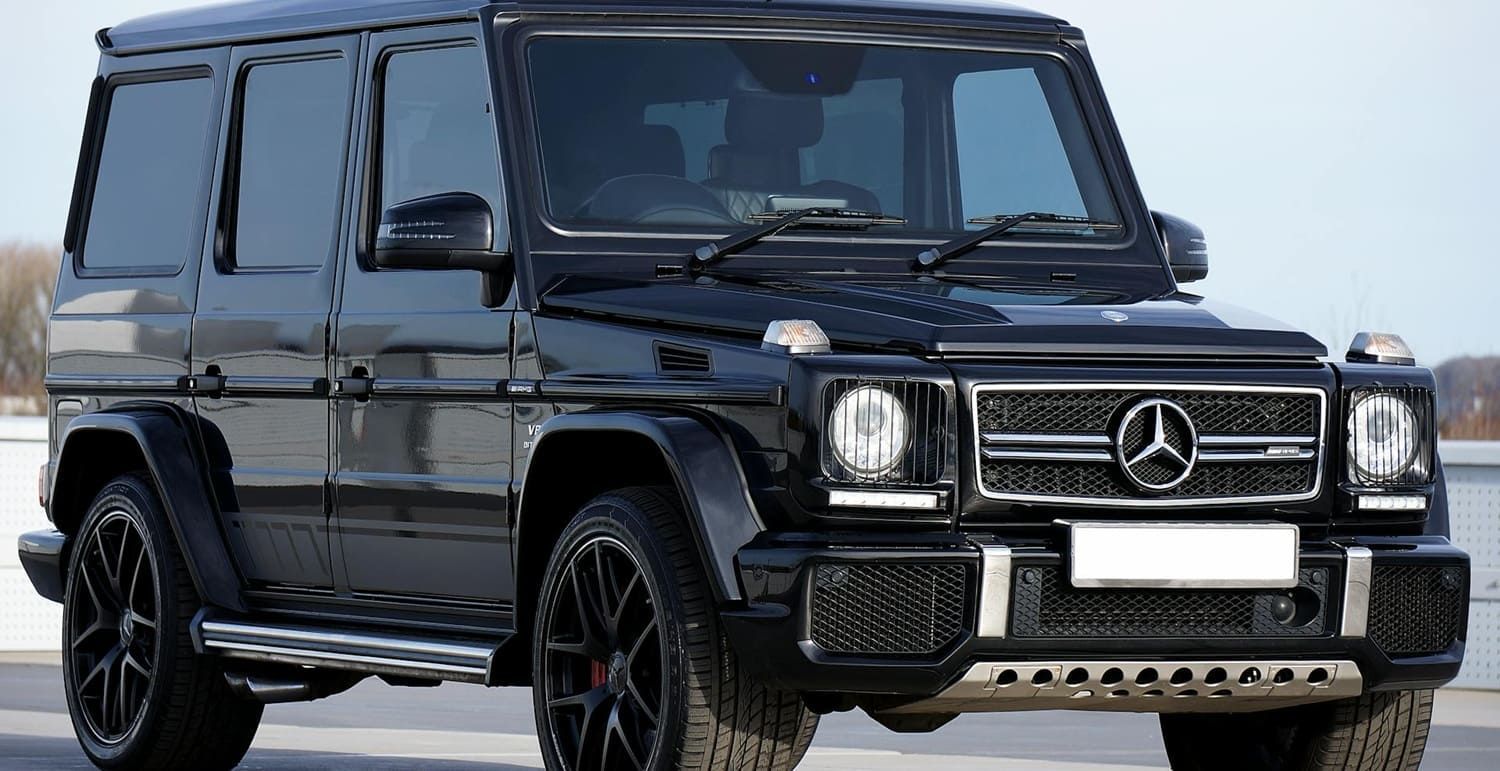
Making the Right Choice
Ultimately, the decision to choose ceramic window tint depends on your priorities and budget. If you value performance, longevity, and the added benefits of heat and UV protection, ceramic window tint may be worth the investment.
Factors to Consider
- Budget: Evaluate how much you're willing to spend upfront versus potential long-term savings. Consider how the cost of ceramic tinting compares to the benefits it provides over time.
- Climate: In regions with intense sunlight and heat, ceramic tint's benefits become more pronounced. Consider the climate in which you primarily drive, as it can significantly impact the performance and benefits of the tint.
- Vehicle Use: Consider how often and where you drive. If you spend a lot of time on the road, investing in comfort and protection might be more important. Frequent drivers may find the long-term benefits of ceramic tint particularly valuable.
Conclusion
Ceramic window tint offers outstanding performance and protection, making it a worthwhile consideration for those who prioritize quality and long-term benefits. While it comes with a higher price tag, the advantages it provides in terms of heat rejection, durability, and comfort can make it a smart investment for your vehicle. Assess your specific needs and circumstances to determine if ceramic window tint is the right choice for you.
At Cool Dreams Window Tinting, your trusted window tinting installers serving Sierra Vista, AZ, we specialize in high-quality ceramic window tint solutions tailored to your needs. Contact us today for a free estimate and experience the long-lasting comfort, protection, and performance your vehicle deserves.
Top Questions About the Value and Benefits of Ceramic Window Tint
What is ceramic window tint, and how is it different?
Ceramic window tint is a premium type of window film made with non-metallic, non-dye materials that block heat, UV rays, and glare without interfering with electronic signals. Unlike dyed or metallic tints, ceramic tint offers superior performance and longevity.
Why is ceramic tint more expensive than other types?
Ceramic window tint costs more because it uses advanced nano-ceramic technology that provides better heat rejection, UV protection, and clarity. Its higher durability and enhanced performance make it a long-term investment over cheaper alternatives.
Does ceramic window tint really reduce heat?
Yes, ceramic tint is known for its high heat rejection properties. It blocks a significant portion of infrared rays, keeping your car’s interior cooler and reducing the need for constant air conditioning, especially in hot climates.
How does ceramic tint improve driving visibility?
Ceramic tint reduces glare from the sun and headlights while maintaining crystal-clear visibility both day and night. This makes driving safer and more comfortable, especially during sunrise, sunset, and night-time driving.
Is ceramic tint safe for electronics and GPS?
Absolutely. Unlike metallic films, ceramic tint doesn’t interfere with GPS, cell phones, satellite radio, or Bluetooth. It’s the best option if you want tinting that protects without compromising your tech.
How long does ceramic window tint last?
When installed professionally, ceramic tint can last 10+ years with minimal fading, peeling, or bubbling. Its durability makes it one of the most cost-effective solutions over time despite its higher upfront cost.
Will ceramic tint protect my car’s interior?
Yes, ceramic window tint blocks up to 99% of harmful UV rays, preventing dashboard cracking, fading leather, and damage to other interior surfaces. It also protects your skin from UV exposure during long drives.
Is ceramic window tint worth it for my car?
If you prioritize comfort, long-term savings, UV protection, and advanced performance, ceramic tint is absolutely worth the investment. It provides exceptional benefits that far outweigh the initial cost.
